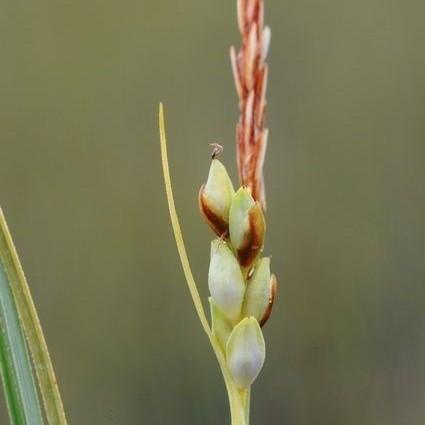
Elk Sedge
Carex garberi
Also Known As - Garber's SedgeWatering:
Average
Hardiness Zone:
Flowers:
Flowers In Summer
Sun:
Partial Shade, Deciduous Shade (Spring Sun)
Leaf:
Yes
Growth Rate:
Low
Drought Tolerant:
Yes
Salt Tolerant:
Yes
watering
Handsome Sedge should be watered thoroughly once every 1 to 2 weeks, depending on the weather and the amount of direct sunlight the plant receives. In hot, sunny days, additional water may be necessary. Be sure to water at the plant’s roots, rather than just on the foliage, so the moisture can reach the soil. It is important to keep the Handsome Sedge constantly moist, but never soggy. During cooler, cloudy days, it may not be necessary to water at all. Additionally, it is a good idea to check the soil moisture with your finger or a trowel before watering.
sunlight
Handsome Sedge (Carex formosa) thrives in full sun to partial shade conditions, receiving between 4-6 hours of direct sunlight each day. This species prefers soil with good drainage and is drought tolerant. It grows best in moist, sandy soil with a slightly acidic pH. Spring and summer are the best times to plant Handsome Sedge, as this is when the plant is most active and can easily adjust to its new environment. It should be planted in an area where it has enough space to spread out and doesn’t become overcrowded by other plants.
pruning
Handsome Sedge should be pruned in early spring or late winter. Pruning should be limited to trim off the old and dead foliage. Cut back the foliage to the crown of the plant that produces new growth each spring. Dead foliage should be completely removed. Avoid pruning too much of the foliage as the plant needs some foliage to thrive.
